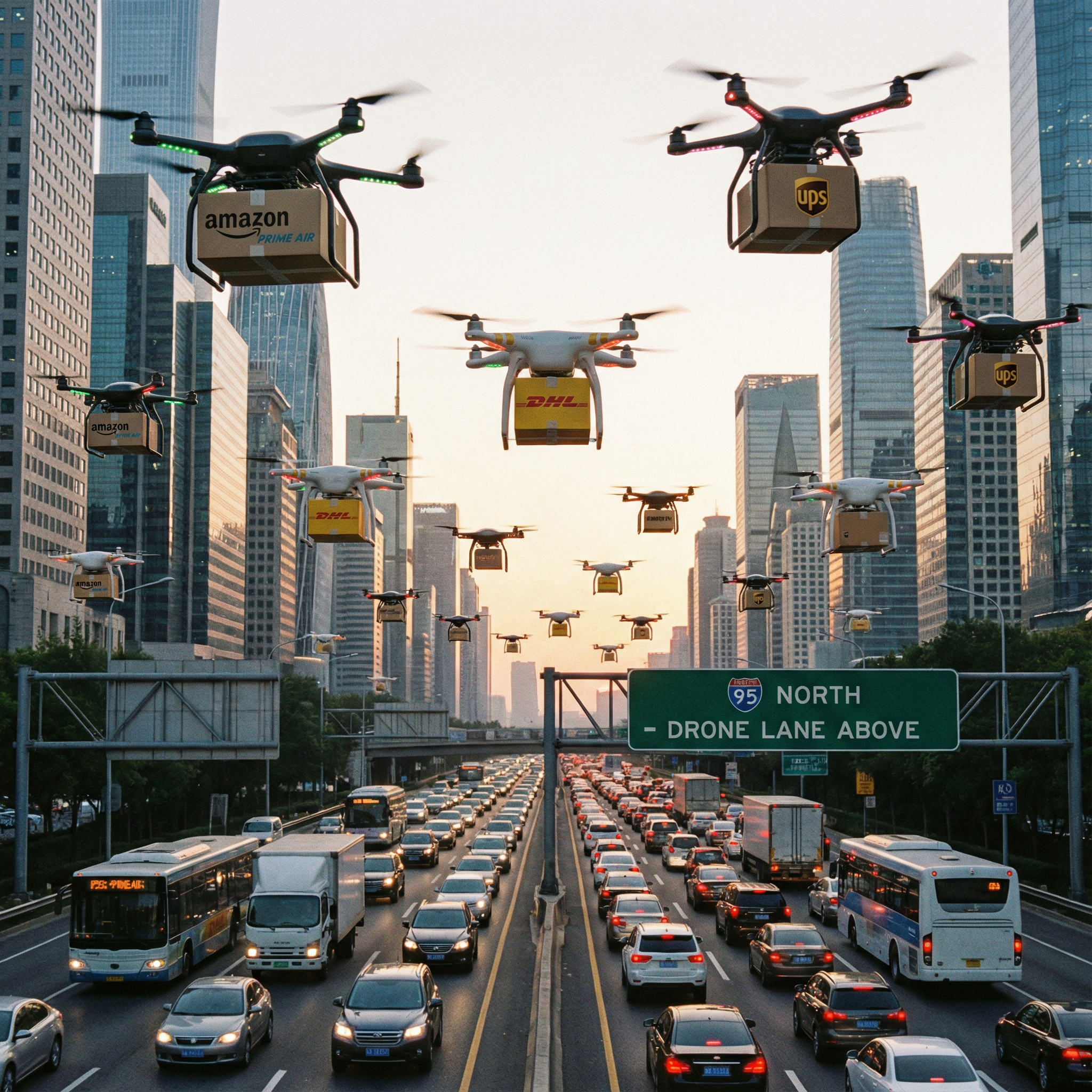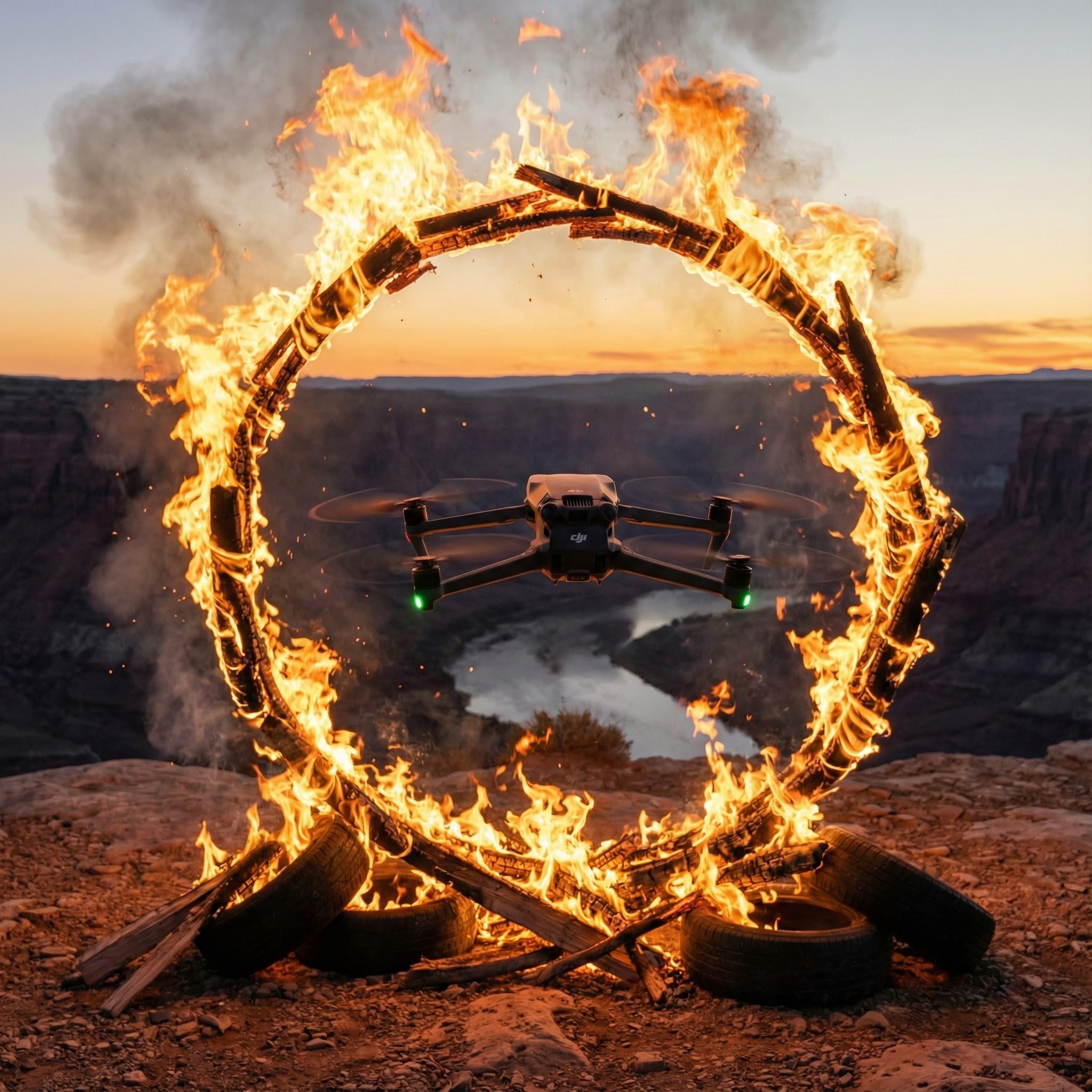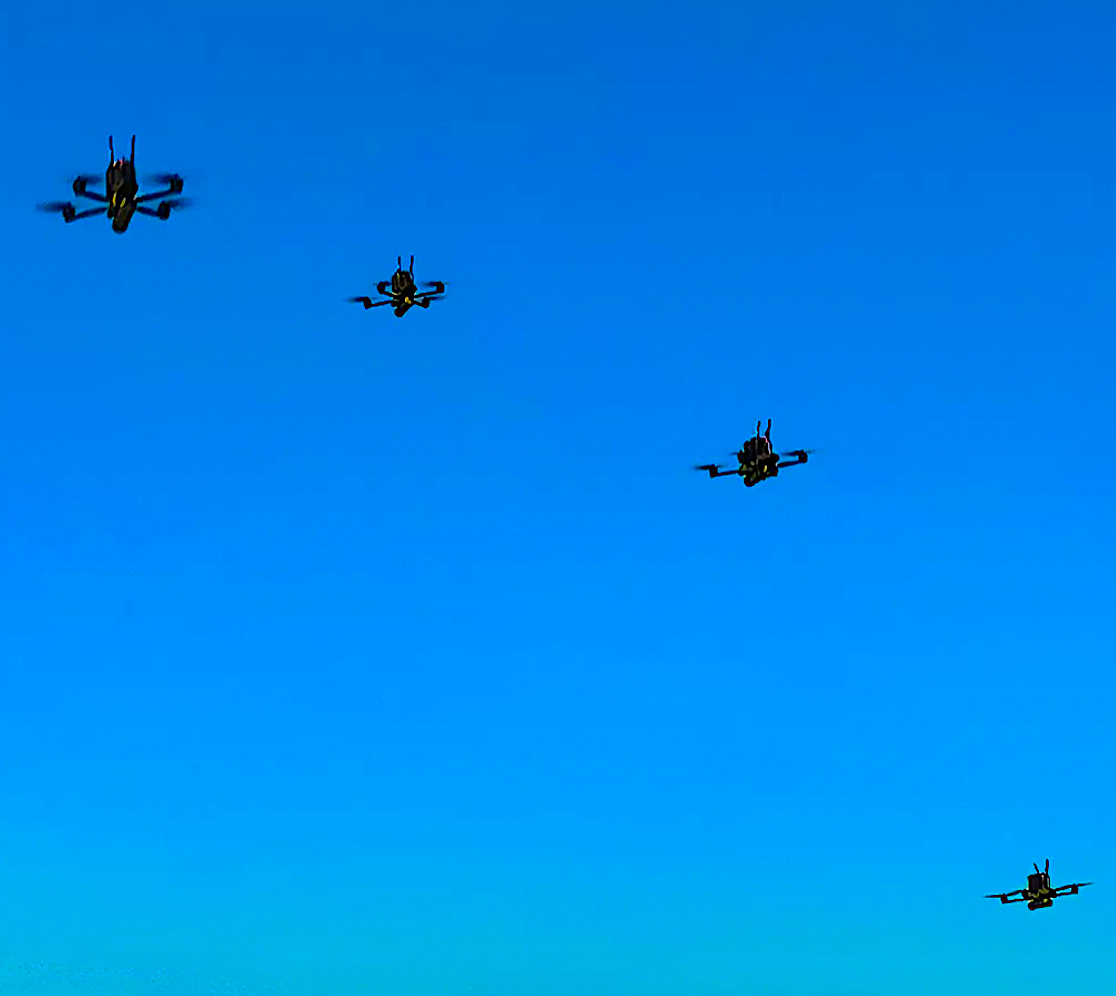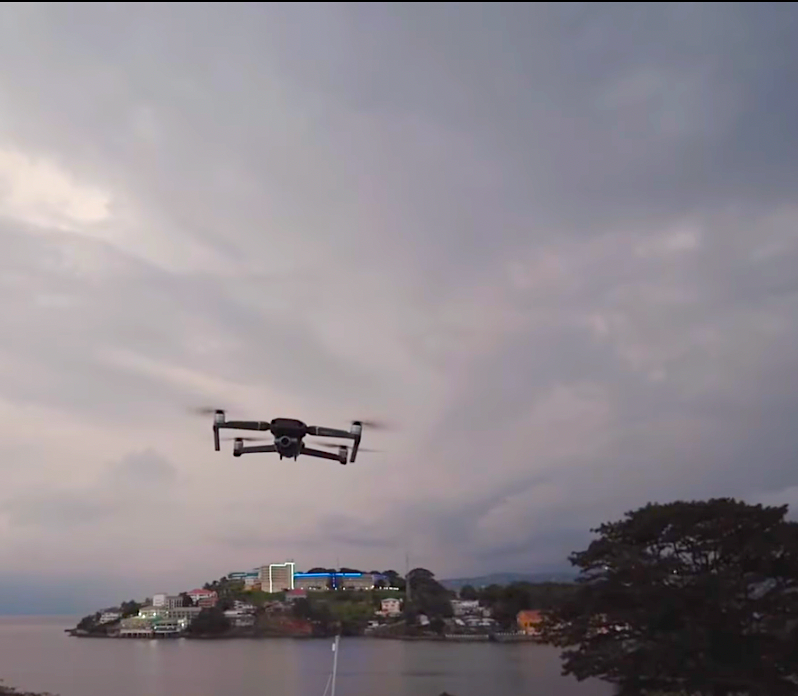Featured NewsTrending NewsMilitaryArmy: Unmanned Drones Taking Too Much Manpower?
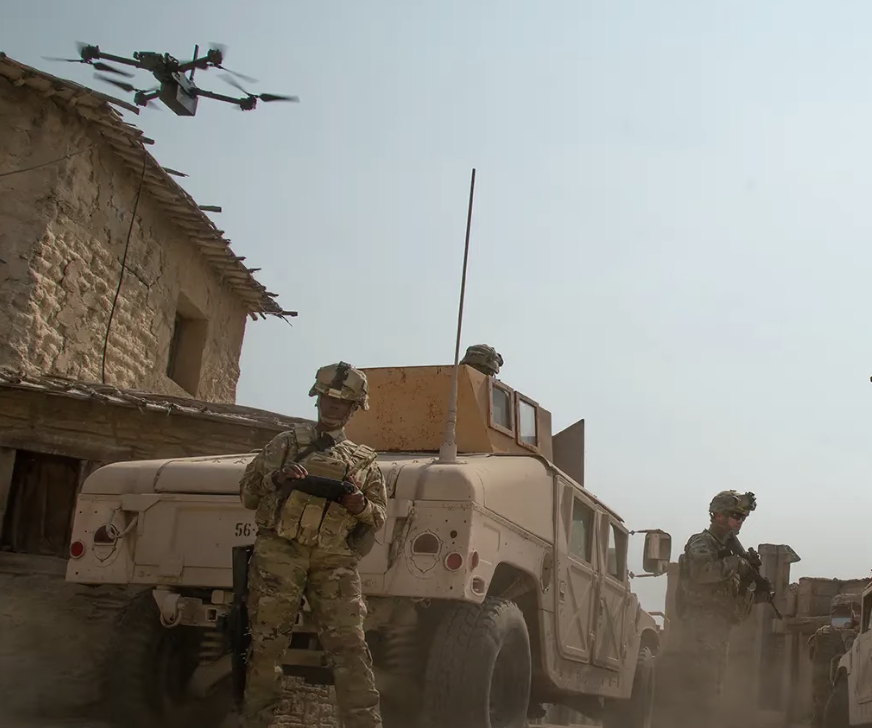
1 March 2023
“It’s kind of a paradox that our ‘unmanned’ formations are larger than our manned formations,’” said U.S. Army Maj. Gen. Michael McCurry.
McCurry—who leads the Army's aviation school at Fort Rucker, Alabama—is concerned that so much human labor is required to keep drones flying, especially as the service is not meeting its recruitment goals and more and more soldiers are retiring.
“We have Apache helicopter companies that are just over 30 people, and we have Grey Eagle drone companies that are 135 people or more," said McCurry. "How do we make better use of the 135 people in ‘unmanned’ formations?”
It's not only an issue of people resources being deployed efficiently. McCurry also worries that big units make big targets during combat. A large drone company brings more people, for sure, but it also devours more fuel supplies that need to be delivered by more vehicles, more cargo aircraft, radio operators at ground stations (typically two soldiers per drone), and the radio transmissions required for deploying the drones and moving all of the soldiers and materials around can be easily tracked by enemies. Furthermore, the Army's long-range Grey Eagle drone—as well as some shorter-range drones—require runways for taking off and landing. Oh, and we haven't factored in the teams of people who analyze the hours of data the drones collect.
So much for the Army's doctrine that its tech-warfare should be undertaken by small, fast-moving, and dispersed formations.
Not surprisingly, the Army is looking at AI to interpret drone data, as well as developing nimbler drones that can take off and land vertically—negating the necessity for runways and large, manned support units.
However, a service think tank estimates that the 123 tasks typically performed by air cavalry squadron can't be accomplished autonomously today. "Probably not in 2040, either," says McCurry.
Proper training is also an issue, as often commanders aren't given the time to learn how to use the gear.
“There is never a time where you can stop and just modernize," says Maj. Gen. William Taylor, director of the aviation section on the Army’s Pentagon headquarters staff. "Our requirement to continually train pilots, crew chiefs, and flight engineers remains. Because we have soldiers that have great initiative and have this great desire to learn, they overcome some of our failures at the staff level.”
